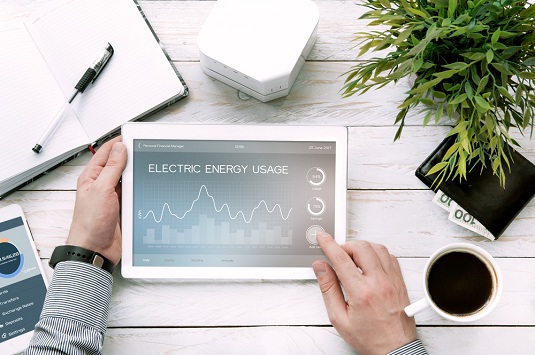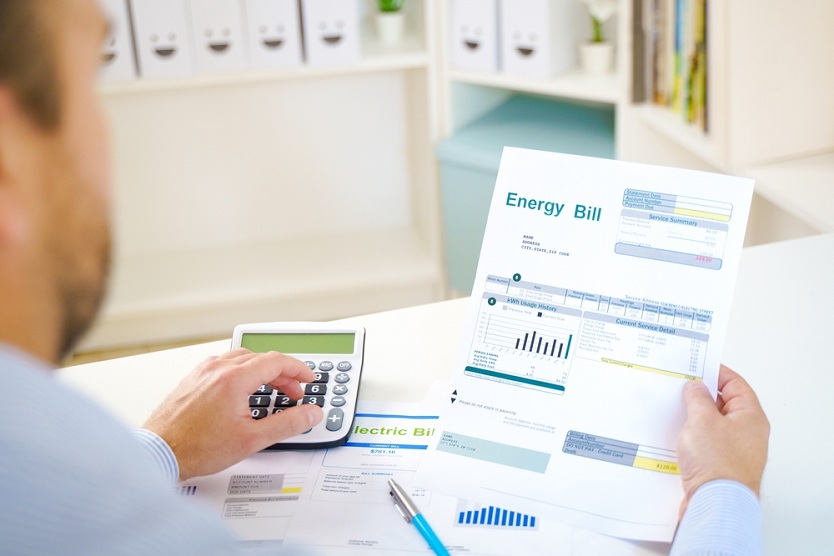Unlike a standard power supply, where you're charged the same price for energy no matter when you use it, Time-of-use (TOU) rates vary during different times of the day.
With time-of-use (TOU) rates, utility companies will typically bill more during high-demand periods and less during low-demand periods. It’s important to understand peak and off-hour times and when they happen so, you can plan accordingly.
So, we'll look at the peak and off-peak energy usage times and how you can use time-of-use (TOU) plans to cut costs.
Important Considerations
What are Peak Energy Consumption Periods?
Peak electricity times are when energy usage is at its peak. Peak hour times vary from place to place. They may differ from place to place and at different times of the season.
Peak power times are also when the energy price is most expensive. Peak Pricing occurs during these times when prices are at their highest. Peak prices are when customers pay extra for peak demands.
The extra price your electricity provider charges you for electricity usage at peak times depends on your provider and its current rate plans.
Peak energy usage times: What periods are most expensive for power consumption?
You can estimate an area's peak energy usage times by observing your own energy use patterns. Community energy use patterns tend to be fairly consistent. When you use the most energy, chances are that your neighbors are doing the same thing too.
Here are some typical peak times in various time zones as a reference:
During Summers (Peak-hours)
Time zone | Summer peak electricity hours |
Eastern time zone | from 2 PM until 6 PM |
Central time zone | from 1 PM until 5 PM |
Mountain time zone | from 8 PM until 11 PM |
Pacific time zone | from 5 PM until 9 PM |
During Winters (Peak-hours)
Time zone | Winter peak electricity hours |
Eastern time zone - Peak 1 | from 6 AM until 10 AM |
Eastern time zone - Peak 2 | from 6 PM until 10 PM |
Central time zone - Peak 1 | from 5 AM until 9 AM |
Central time zone - Peak 2 | from 5 PM until 9 PM |
Mountain time zone | from 7 PM until 10 PM |
Pacific time zone - Peak 1 | from 6 AM until 10 AM |
Pacific time zone - Peak 2 | from 5 PM until 8 PM |
Keep in mind these are the standard timings. You should contact your electric utility company to know when your exact peak energy usage times occur.
Off-Peak Energy Usage Times: What are they?

Off-Peaks (or low points): In comparison to peaks, off-peaks represent times when people are using the lowest electricity than they were during peak hours. Off-peak hours are also when energy costs are at their lowest.
Depending on where you live and your utility company, off-peak rates and hours may differ. Even though off-peak times tend to be when people aren't home, either because they're working or going to school.
Off-Peak Energy Usage Times: What periods are the cheapest for power consumption?
Look at your daily schedule to find out when the off-peak times are for your specific location. Most homes have similar scheduling times for school and work weeks. During the day, from 8 am to 5 pm, most people use the lowest energy because they're either at work or school.
These are the standard off-peak electricity times for various regions/time zone. These off-peak periods are only relevant if they fall during weekdays because energy consumption tends to vary on weekends.
During Summers (Off-peak hours)
Time zone | Summer peak electricity hours |
Eastern time zone | from 6 PM until 2 PM |
Central time zone | from 5 PM until 1 PM |
Mountain time zone | from 11 PM until 8 PM |
Pacific time zone | from 9 PM until 5 PM |
During Winters (Off-peak hours)
Time zone | Winters peak electricity hours |
Eastern - Off-peak 1 | from 10 AM until 6 AM |
Eastern - Off-peak 2 | from 10 PM until 6 AM |
Central - Off-peak 1 | from 9 AM until 5 PM |
Central - Off-peak 2 | from 10 PM until 5 PM |
Mountain | from 10 PM until 7 AM |
Pacific - Off-peak 1 | from 10 AM until 5 PM |
Pacific - Off-peak 2 | from 8 PM until 5 AM |
Why Utilities are Shifting from Flat Rate Pricing to Time of Use Pricing and Peak Hour Pricing
What are time-of-use (TOU) rates?
Time of use (TOU) bills vary the energy cost depending on when it is used. For example, if you use power during peak hours, you may be charged more than if you use it at off-peak times.
TOU rates are charged to residential consumers and are designed to encourage them to use less energy during off-peaking times.
Why do electric utilities introduce time-of-use (TOU) pricing?
There are varying costs for consumers when they use electricity, but there are also varying costs for power companies generating electricity.
It usually costs utilities more during peak times to generate power than during off-peak times. This is why utilities introduced the time of usage charges for electricity during peak hours.
Using time of use (TOU) rate plans, utilities can reduce energy consumption during peak times and allow them to raise prices for power at times when they're most expensive to produce.
What are the Costs of Peak Hours vs. Off-Peak Hours Electricity Pricing?

One of the most common questions is the difference between the price for peak and off-peak times. Well, the answer is pricing for electricity will vary depending on the season and utility.
Look at the following examples of two TOU rates that utility company PG&E offers its residential customers.
Plan 1: E-TOU-C
Summer TOU rates
Off-peak hours energy usage: 33-42 cents/kWh
Peak hours energy usage: 40-49 cents/kWh
Winter TOU rates
Off-peak hours energy usage: 28-37 cents/kWh
Peak hours energy usage: 30-39 cents/kWh
Plan 2: E-TOU-D
Summer TOU rates
Off-peak hours energy usage: 34 cents/kWh
Peak hours energy usage: 47 cents/kWh
Winter TOU rates
Off-peak hours energy usage: 34 cents/kWh
Peak hours energy usage: 38 cents/kWh
We see that the price differences between off-peak and on-peak electricity prices are quite large during the warmer months (7-13 cents/kWh) but relatively small during the colder months (2-4 cents/kWh).
Methods for Saving from Time-of-Use Rates
1. Consume more power during off-peak times
If you're on an electricity rate that includes time-of-usage charges, switching your energy consumption smartly from peak times to off-peak hours might help save you money and energy.
Running energy-hogging appliances such as the washing machine, air conditioning unit, or electric car charging station during low electricity rates can save you a handsome amount of cash.
2. Use battery storage systems at your house.
Another option for saving time-of-use rates is to add a backup power supply (home batteries).
By charging your home batteries at off-peak periods and then drawing from those batteries when needed during peak periods of the day, you can save a lot of money by avoiding higher electricity prices.
A home backup battery system could also help protect against potential electric grid outages and blackouts.


